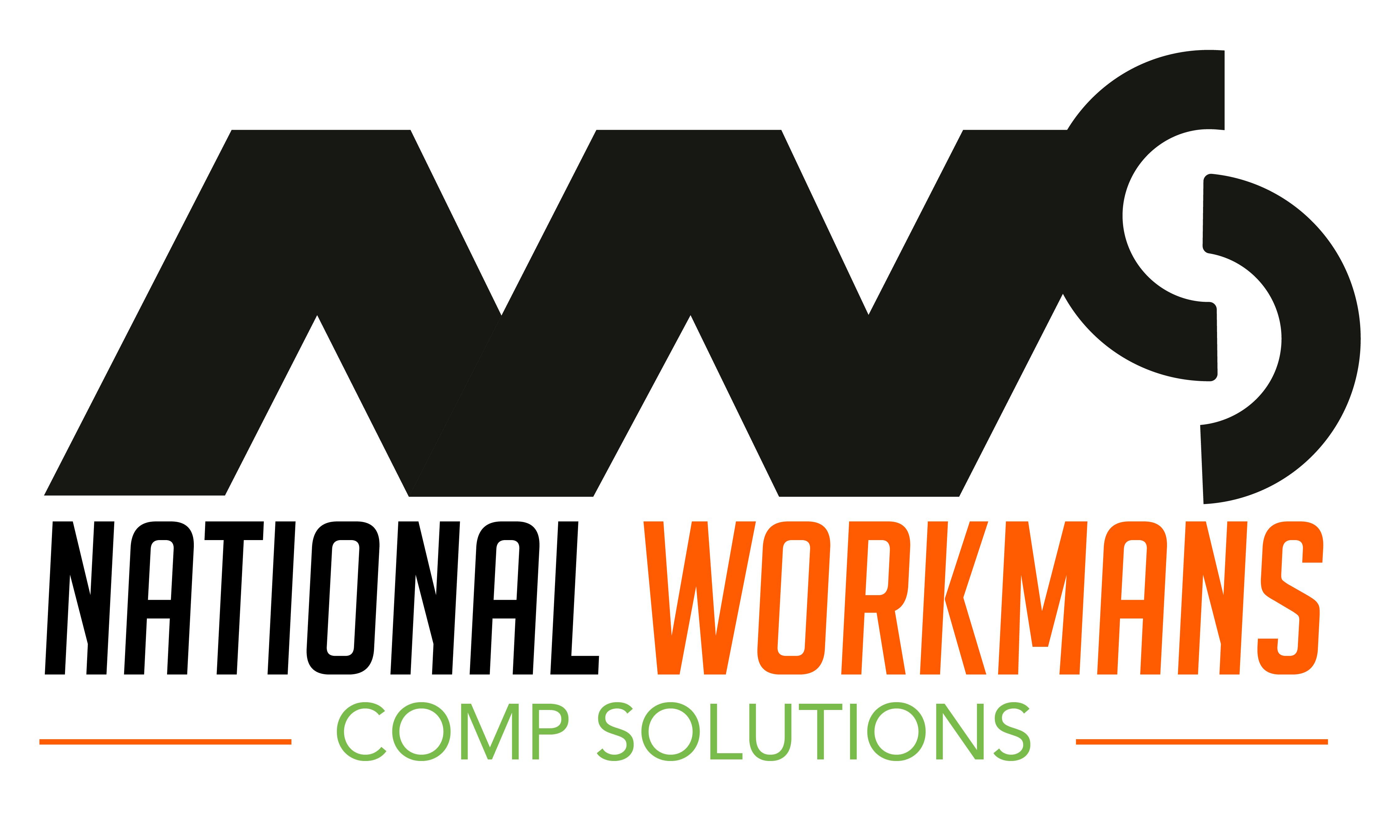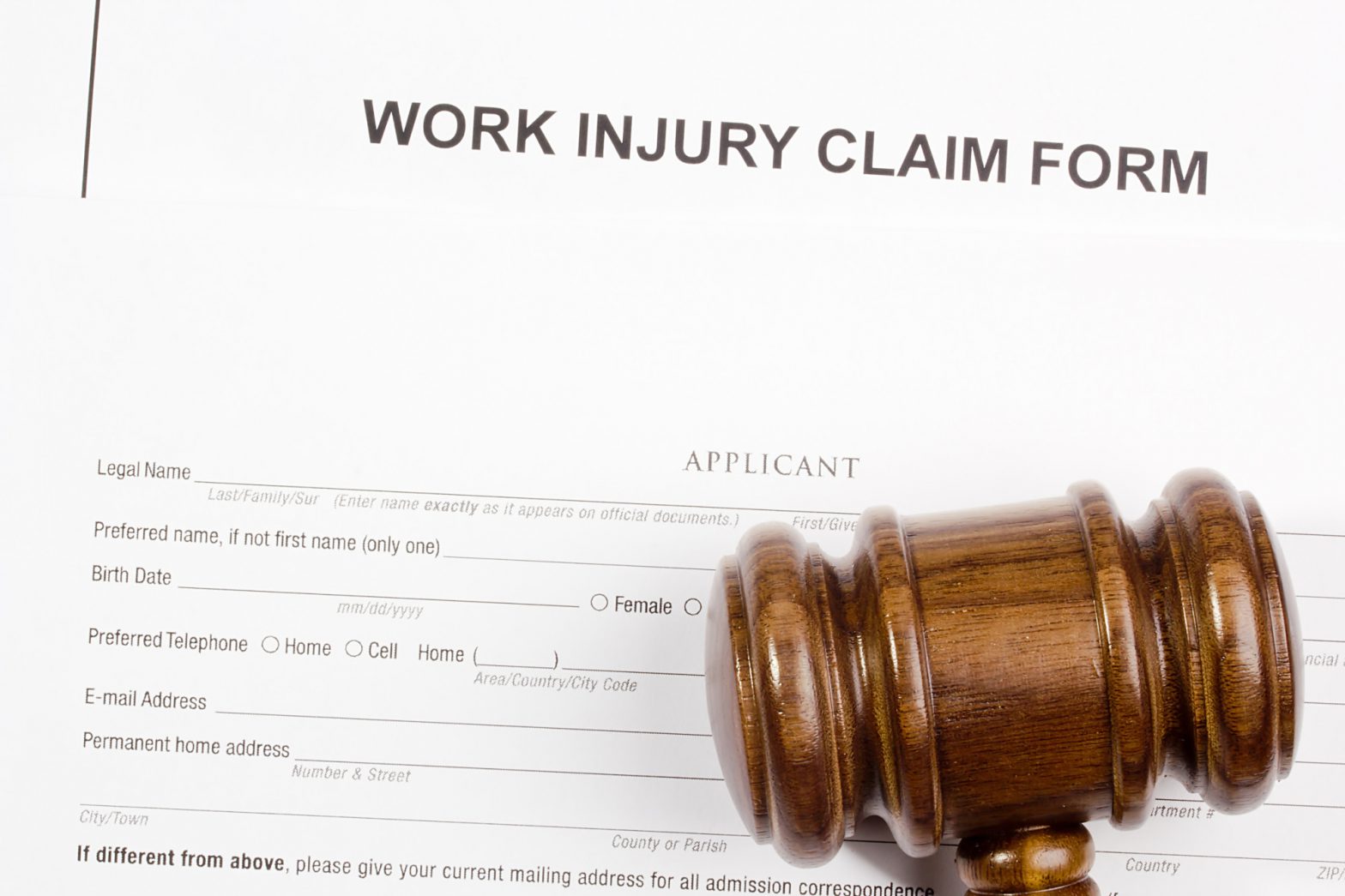Have you been injured at work and you’re not sure what compensation you might be entitled to? If you’re injured on the job, it’s important to take the right steps so you receive the compensation and benefits that you deserve.
Worker’s compensation is money that you can get from your job if you get hurt while working. But if you make a mistake when you ask for the money, it might take longer to get it, or you might not get it at all.
This guide will help you with your worker’s compensation claim. If you follow these tips, everything will go smoothly and you’ll be able to get back to work soon.
Read on for more details about filing a worker’s compensation claim form:
Act Fast
It is important to tell your employer about the injury right away. Tell your employer in writing. Include when and where it happened and how it happened.
Once you have finished your written report, call your state worker’s compensation board. They can help you with getting benefits and filing a claim.
It is a good idea to talk to a lawyer who knows about worker’s compensation coverage. They can tell you if you can get help from the worker’s compensation claims process.
If you are eligible, the attorney can help make sure that all required paperwork is properly filled out and submitted.
The insurance company might ask you for papers that show how sick or hurt you are. Your lawyer can help you with this.
Step 1: Report the Injury to Your Employer
It’s important to tell your employer if you get hurt or sick. This way, you might be able to get benefits like money. Usually, it’s best to tell your employer right away.
This is because some states have time limits for reporting that are as short as 30 days. It’s important to report right away because further delays may bar you from getting any benefits at all.
It’s always good practice to keep records of when and how the injury occurred, plus any medical and safety reports related to the situation.
That way, your employer and the relevant agencies have accurate information on which they can make decisions.
Step 2: Submit the Required Documentation and Paperwork
You might feel worried about filing a workers’ compensation claim, but it’s important to do it. You need medical and financial help.
Step two of filing a claim requires submitting the needed paperwork and documents. These may include medical notes, reports on test results, and witness statements.
By giving detailed information on what caused the injury, you provide more evidence that benefits are necessary.
It may feel scary, but it is important to make sure everything is accurate and documented correctly. This will help your case be as strong as it can be.
Step 3: Track the Claims Process
Working through a worker’s compensation claim can take a long time, but it is important to stay on top of the process. This means communicating often with your employer and the insurance company that is processing the claim.
This will help things move along more quickly and you will be able to ask any questions you have along the way. It is also important to keep track of how the claim is progressing so you know when to expect benefits.
Tracking the claims process can help make filing a worker’s compensation claim process much easier.
Step 4: Seek Legal Representation (If Necessary)
An attorney who knows about workers’ compensation law can help you during the claim filing process. They can tell you which benefits you might get.
But also advocate for you if there are any delays or disputes with the insurance company.
A lawyer can help make sure your paperwork is right and complete. This will help you get the most money you can. You might need a lawyer to help you when you file a workers’ compensation claim.
Step 5: Receive Your Benefits
After you file a worker’s compensation claim and it is approved, you will get benefits. This can include medical care and treatments from doctors.
This can help pay for things like hospital visits, and disability payments if you’re hurt and can’t work. But also vocational training for a new job, and other related expenses.
How much benefit you are entitled to depends on your state and the severity of the illness or injury that you have suffered.
Every situation is different. But if you spend some time learning the rules in your state, you will be able to get the money you are owed when you file a worker’s compensation claim.
What Do PEO Companies Do?
Professional Employer Organizations (PEO) help businesses with things like hiring people. But also by giving them benefits, and making sure they get paid. They also help businesses stay safe from risks.
There are many things that a human resources department can do for a company. They can offer advice and help with following labor laws and regulations so you stay on the right side of the law.
They can also help with recruitment and hiring processes. Additionally, they can administer health insurance plans and other benefits packages.
This would also include using up-to-date tax laws for payroll. Also managing worker’s compensation claims, and conducting safety training programs for employees. Dealing with employee disputes or grievances is also included.
PEOs also help employers save money by buying services together. This costs less than if each service was bought alone.
Outsourcing is when you get someone else to do a job for you. PEO companies do this. They help businesses save money and time. This way, the business owners can spend their time on other things that are more important.
If you get hurt at work, you should talk to a lawyer that knows about worker’s compensation law. This way, you can get the most money possible. There are companies that help people with worker’s compensation claims.
Many of these companies offer free consultations. This means you can talk to them and find out what they can do for you before deciding whether to hire them.
Knowing this information will help you if there are any problems with your workplace injury or illness.
Many states have laws governing workers’ compensation claims which must be followed if you wish to successfully file a claim.
Though the process may seem daunting, it’s important to remember that you are not alone in this endeavor and help is available. Keeping these tips in mind will ensure that your rights and interests are fully protected.
What Is a PEO Insurance Policy?
A PEO insurance policy is a type of coverage that offers protection for employers. Specifically, those who use Professional Employer Organizations (PEOs) to manage their workforce.
This policy provides coverage for any damages or losses incurred due to the negligence or wrongful acts of the PEO. It also helps protect employers from potential liability related to claims made by employees.
This policy will help pay for the costs of defending against a legal claim and any awards given if the business is found responsible.
This employers’ liability insurance is important for businesses because it can help them if something goes wrong and someone files a claim.
If someone files a worker’s compensation claim, this will also help pay for the costs of someone looking after their rights and interests.
What Is the Difference Between a PEO and ASO?
PEOs and ASOs may look the same, but there are some big differences. A PEO provides lots of different services to help businesses manage their employees.
This means things like making sure people get paid, finding new employees, giving people benefits, and making sure there are no risks.
An ASO is a company that provides services like payroll processing or employee benefits administration. They don’t have any responsibility for the employer’s employees.
A PEO does provide certain protections for employers from potential claims made by their workers.
When filing a worker’s compensation claim, there are two types of organizations that can help. ASOs can help business owners save time and money.
They can also help employers improve their operations. But additionally, manage their workforce more effectively.
What Is the Benefit of a PEO?
PEOs help employers manage their employees better. But also help protect employers from potential workplace-related problems.
By utilizing the services of a PEO company, employers can rest assured knowing that they are in compliance with applicable employment laws and regulations.
Additionally, a PEO can help you get access to programs that can save you money. You’ll save on things like health insurance, retirement plans, and other benefits. These might not be available to businesses that don’t use a PEO.
When you give some of your work to another company, it is called outsourcing. This can save you time and money. You can also use this free time to work on other things that are more important.
When you work with a PEO, you can be sure that your business will be well cared for. You will also have access to professionals who understand the complexities of employment law.
In addition, PEOs can help you file a worker’s compensation claim so that you can get the support you need to protect your rights and interests.
What Are the Differences Between HRO, ASO, and PEO?
The differences between the services offered by an HRO (Human Resources Outsourcing), ASO (Admin Services Organization), and PEO (Professional Employment Organization) are largely based on their scope of service.
An HRO provides a wide range of services related to human resources management such as payroll processing, recruitment, employee benefits administration, and risk management.
On the other hand, an ASO specializes in offering specific services. This would include payroll processing or employee benefits administration.
While a PEO takes it one step further by providing comprehensive services which include legal advice and guidance when filing a worker’s compensation claim or creating a worker’s compensation report.
Is a PEO a Good Idea?
Whether or not a PEO is a good idea for your business depends on the specific needs of your organization. If you are looking for comprehensive services related to managing your workforce, then a PEO might be just the ticket.
A PEO will handle such things as payroll processing, recruitment, employee benefits administration, and risk management then a PEO may be a great choice.
A PEO can also provide access to cost-saving employee benefit programs which may not otherwise be available to businesses without using this type of organization.
Additionally, they can offer guidance when it comes to filing worker’s compensation claims which can help protect employers from potential liability associated with workplace injuries.
Ultimately, working with a PEO can help employers improve their operations while freeing up valuable resources to focus on other priorities.
Therefore, if you are looking for a comprehensive, cost-saving solution to managing your workforce, a PEO can be an excellent choice.
What Is ASO in HR?
ASO (Admin Services Organization) is an organization that specializes in offering specific services related to human resources management, such as payroll processing, employee benefits administration, and risk management.
By utilizing the services of an ASO, employers can rest assured knowing that they are in compliance with applicable employment laws and regulations.
Additionally, an ASO can provide access to cost-saving employee benefit programs which may not otherwise be available to businesses without using this type of organization.
Working with an ASO provides employers with the peace of mind that their business is in good hands and that they have access to knowledgeable professionals who understand the complexities of this area of law.
Filing a Worker’s Compensation Plan is Crucial
Filing a worker’s compensation claim can be a difficult process, but it is crucial to ensure you get the treatment and benefits you need after an injury. With these tips in mind, you can rest assured that you are on the right track.
For more information on filing a worker’s compensation claim or what to do if your claim is denied, be sure to check out our blog.


 December 30, 2022
December 30, 2022 Blog
Blog 









